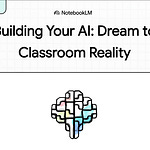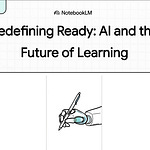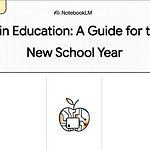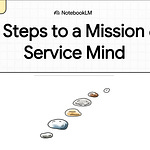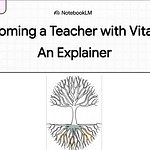這篇研究以「數學建模」作為教學方法,探索香港中學生如何運用數學解決真實問題。研究對象為134名中二學生,他們被分組合作,透過11節課程學習建模技術,並嘗試優化香港迪士尼樂園的三小時遊玩路線。研究的核心在於「建模活動圖框架」(MAD Framework),分為六個階段:
閱讀(Reading): 學生理解問題及資料需求。
建模(Modelling): 制定假設,將問題數學化。
估算(Estimating): 收集及處理真實數據(如距離及排隊時間)。
計算(Calculating): 利用數學公式進行計算並選擇最佳路線。
驗證(Validating): 評估結果的合理性並改進模型。
撰寫(Writing): 完整呈現研究結果及結論。
研究發現:學生在「閱讀」、「計算」及「撰寫」階段表現良好,顯示他們能理解建模概念,並運用數學技巧解決問題;然而,「估算」與「驗證」階段成效較低,可能因教師指導不足或學生不熟悉相關技術。研究也指出部分學生創造性運用進階概念,如「博弈論」,但也有學生過度依賴網絡資料,未充分理解。
整體而言,這項研究證明,數學建模不僅能提升學生的數學能力,更能培養解決真實世界問題的技能與態度。未來若進一步改善教學設計與指導策略,數學建模的教學潛力將更具影響力。
註:以下內容節錄自文章的總結部分:
To promote the integration of mathematical modeling in primary and secondary education, this study highlights the critical importance of teacher training. It emphasizes the need for a wide range of training activities, particularly concerning the pedagogical content knowledge (PCK) related to mathematical modeling. Although teachers may possess mathematical knowledge, it is essential to equip them with pedagogical knowledge and skills to assist students of all abilities to understand the materials. First, teachers should recognize the importance of each MAD stage and avoid paying excessive attention to the modeling stages. This approach can further enhance the abilities of the students to understand and appreciate mathematical modeling.
這段Podcast的主要作用:
簡明扼要:
Podcast 用簡單的語言,抓住了研究的核心概念,如數學建模、MAD Framework 及學生在課題中的挑戰與成就。口語化、生動有趣:
使用自然對話風格,融入主持人的個人反應(如「這是一個挑戰」「他們真的很努力」),使內容更有趣,吸引聽眾注意力。結構清晰:
以研究的流程為主線,逐步介紹六個階段,幫助聽眾輕鬆跟隨。即時分析與評論:
除了重述報告內容,還加入對學生表現的觀察和評論(如學生引用進階概念、抄襲網絡資料的問題),增加批判性。互動性高:
主持人之間的對話與反應,使Podcast聽起來像一場討論,而非單純的信息傳遞。







